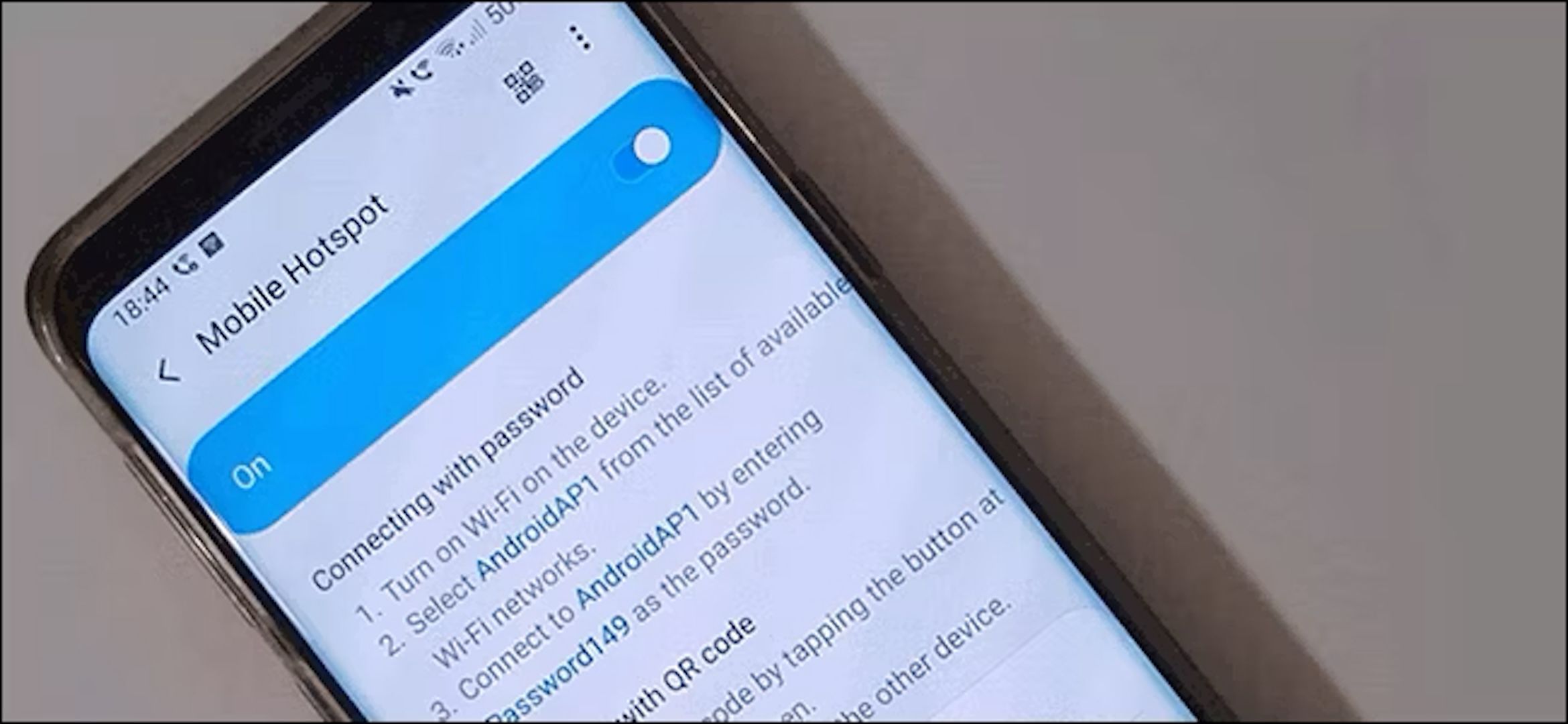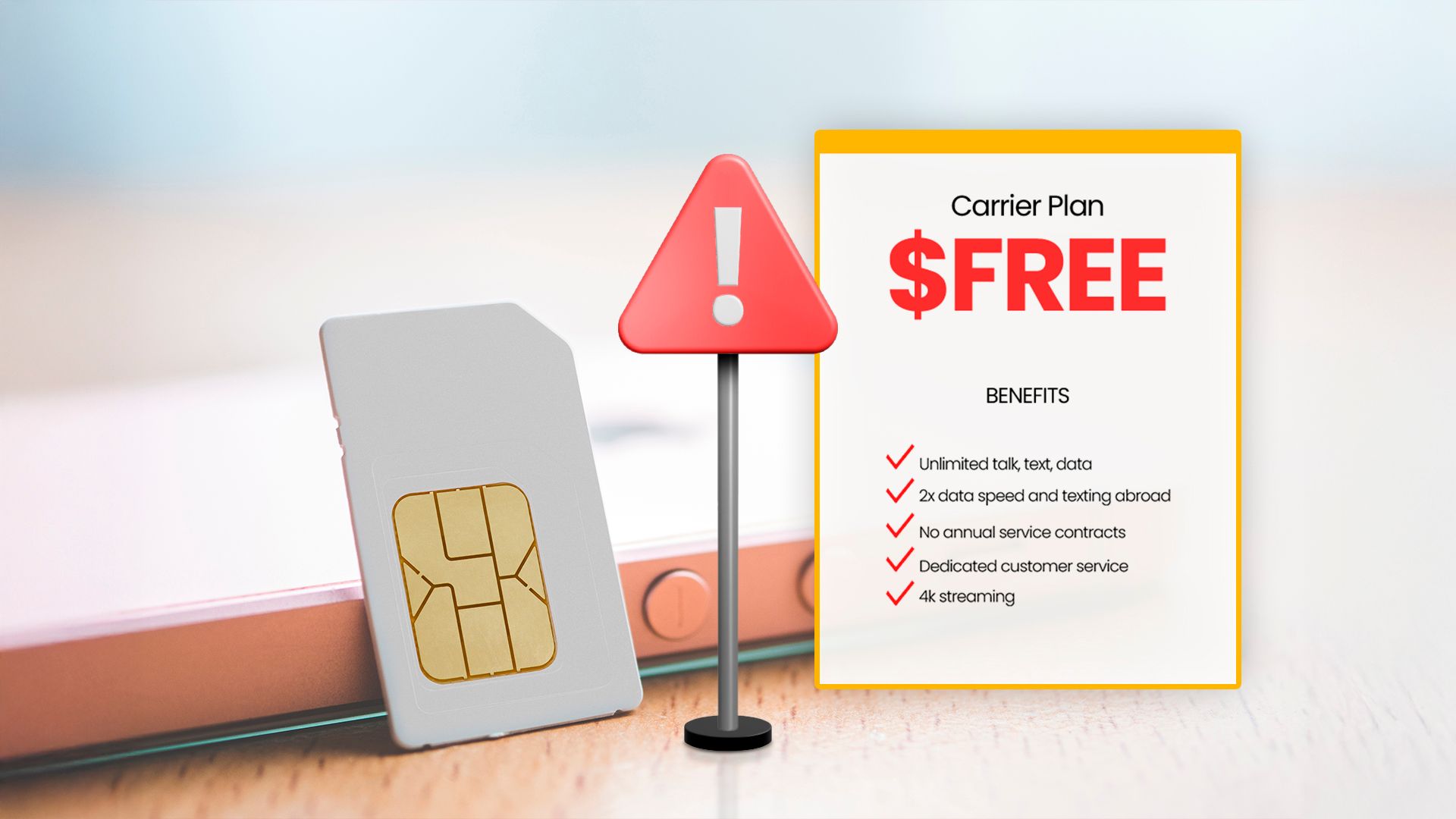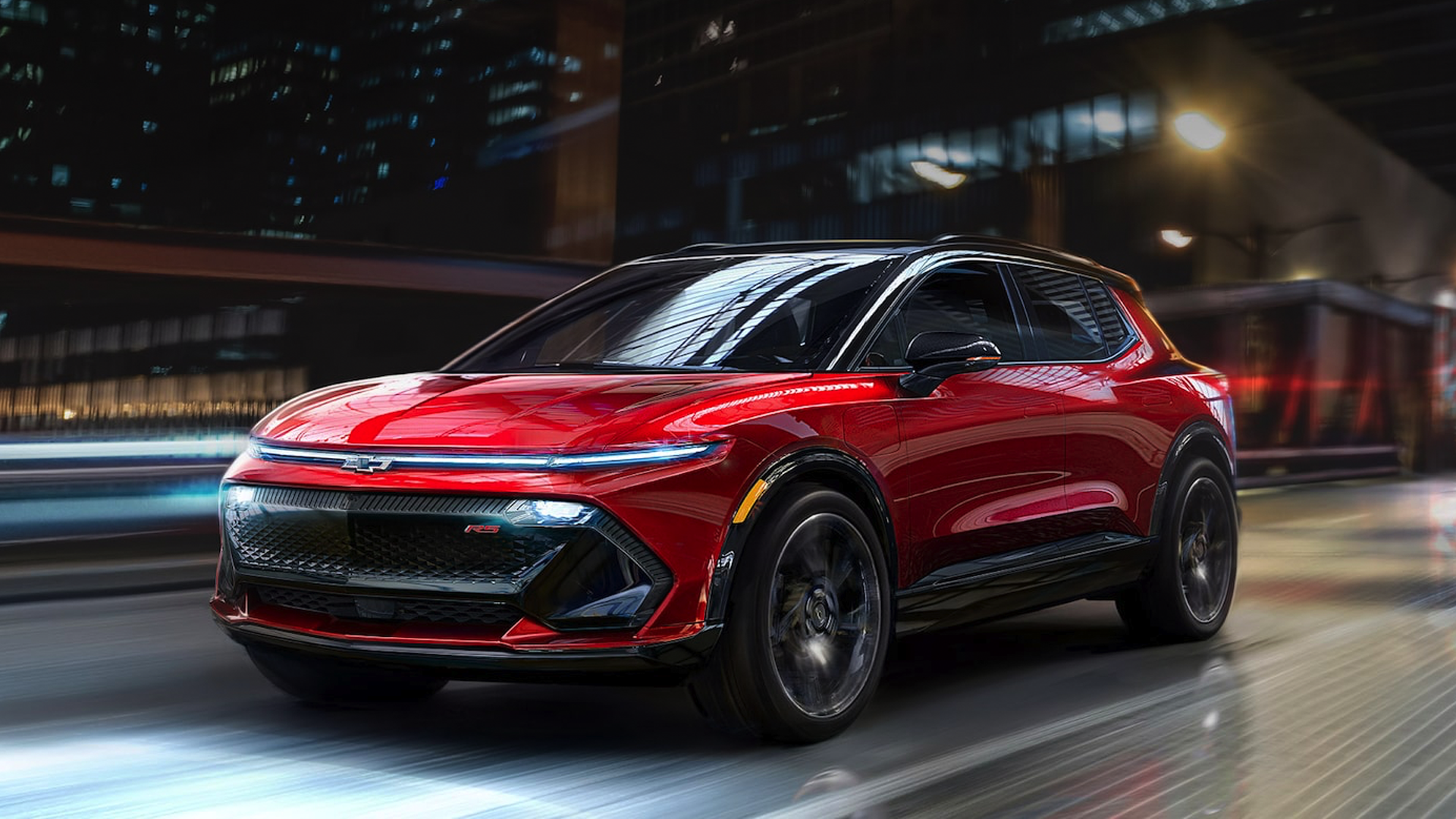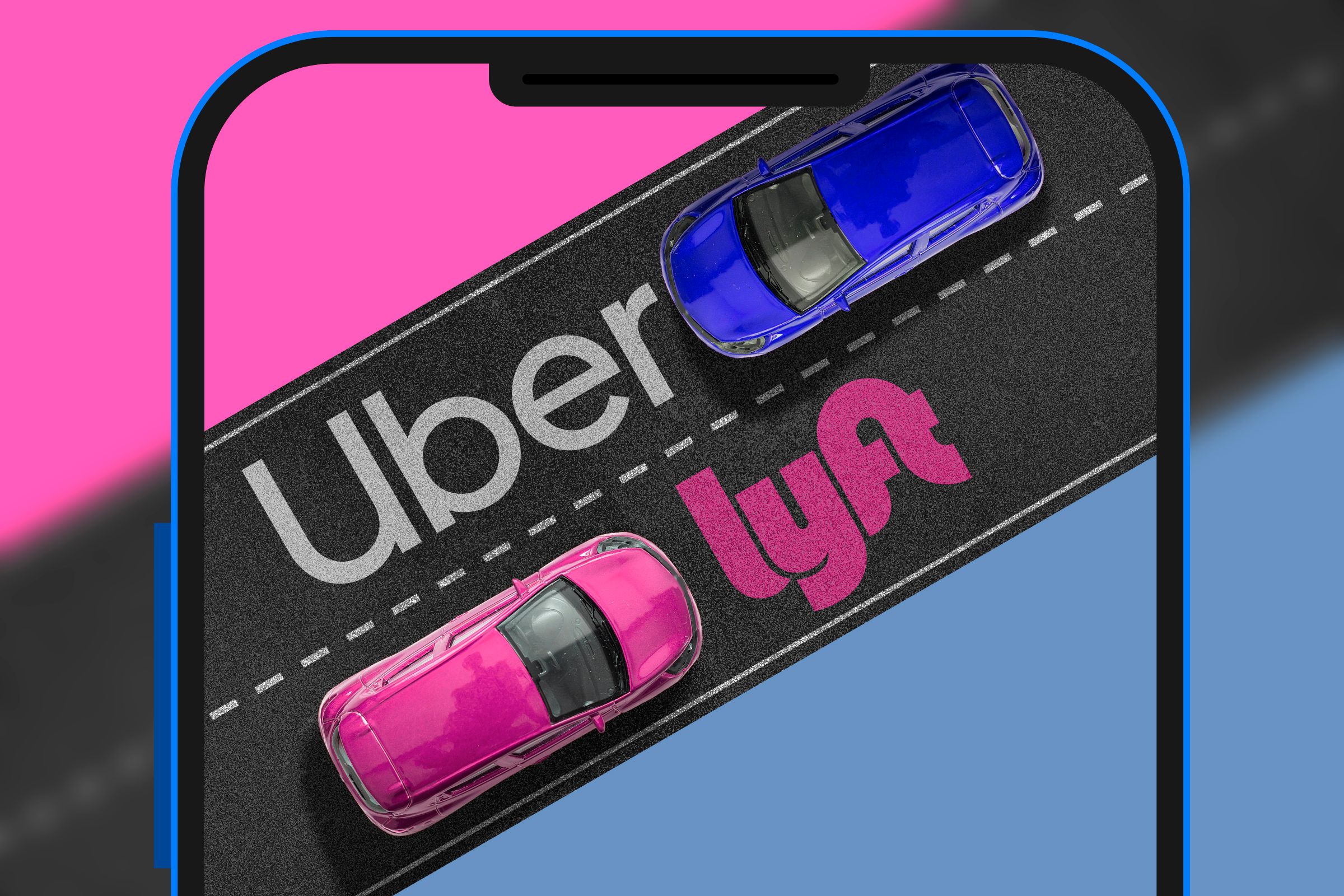Summary
- Driving solo makes in-car Wi-Fi unnecessary, as smartphones can handle essential tasks.
- In-car Wi-Fi costs extra subscription fees, adding to existing expenses and deterring potential use.
- Unlimited, free in-car Wi-Fi would be appealing if privacy and security concerns were addressed.
There’s no shortage of tech features carmakers love to hype up—fancy touchscreens, voice assistants, and even self-parking. However, one feature that I have a gripe with is built-in Wi-Fi. The thought of a seamless internet on the road, streaming movies in the backseat, or getting work done while someone else drives feels like a tech lover’s dream. But as cool as it sounds, I have to admit, every time I see it offered, I can’t help but wonder—would I actually use it?
My Smartphone Already Does Everything In-Car Wi-Fi Does
Most days, I drive solo, and I rarely need a constant internet connection while behind the wheel. At most, I’ll stream some music or a podcast, or use navigation—all of which I can handle just fine on my phone. If needed, I can always hook up my car’s entertainment system to my phone’s hotspot, and that’s more than enough.
On the rare occasions I have passengers, maybe a colleague hitching a ride, or an outing with my girlfriend or siblings, they all have their smartphones with (hopefully) decent data plans. So, there’s never a need to scramble for Wi-Fi while we’re on the road.
The only situation where I could see myself wanting in-car Wi-Fi was if I had kids. Happy kids mean stress-free drives, and a solid internet connection would keep their gadgets—tablets, handheld gaming consoles, phones, you name it—running smoothly. That said, I like to think I’d be such an engaging father that they wouldn’t be glued to their screens in the first place. And if they really needed Wi-Fi? Well, there’s always my phone’s hotspot.
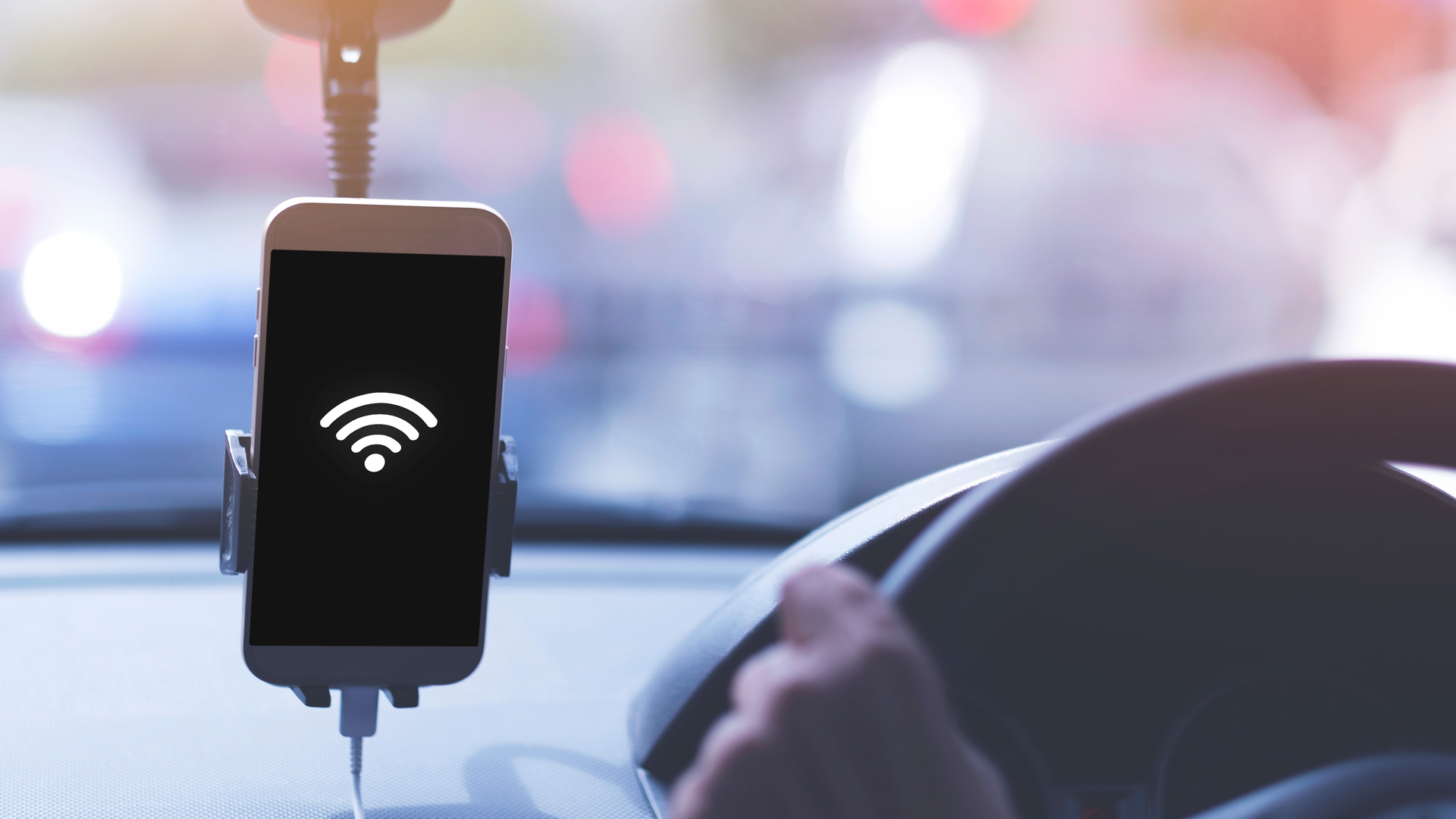
Related
Here’s what you need to know about how car Wi-Fi works, where it works, and more.
I Don’t Want to Add to My Subscription Pile
Look, I don’t know about you, but I’m already drowning in subscriptions. Between streaming services, cloud storage, music apps, and the occasional “free trial” I forgot to cancel, my monthly budget has more recurring charges than I can keep track of. The last thing I need is another one, especially for something as situational as in-car Wi-Fi. I already paid for a solid home internet connection and a generous mobile data plan, and they serve me well.
Most car manufacturers partner with AT&T, Verizon, or T-Mobile to offer data plans for their in-car Wi-Fi systems. Many of these cars come with a three-month trial, but once that runs out, you’re looking at an extra $20 to $50 per month, depending on the provider and data cap.
Even worse, some automakers bundle in-car Wi-Fi with other subscription-based services like General Motors’ OnStar, BMW’s ConnectedDrive, or Tesla’s Premium Connectivity, which means you might have to pay extra bucks per month for features you barely need.
If It Were Free and Unlimited, I Would Actually Use It
Now, if car manufacturers decided to be generous and make in-car Wi-Fi a built-in, no-cost feature with unlimited data, I’d absolutely use it. I wouldn’t just stream music; I’d stream high-definition concerts. I wouldn’t just check Google Maps; I’d have live street view running on a second screen just for fun.
I’d cajole my rare passengers to connect to it and do their heavy backups, stream, or download high-quality movies. Heck, I might even do sleepovers or set up a workstation in my car to make judicious use of the unlimited data. I would dabble in some cloud gaming on long road trips (as long as I’m not the one driving, of course).
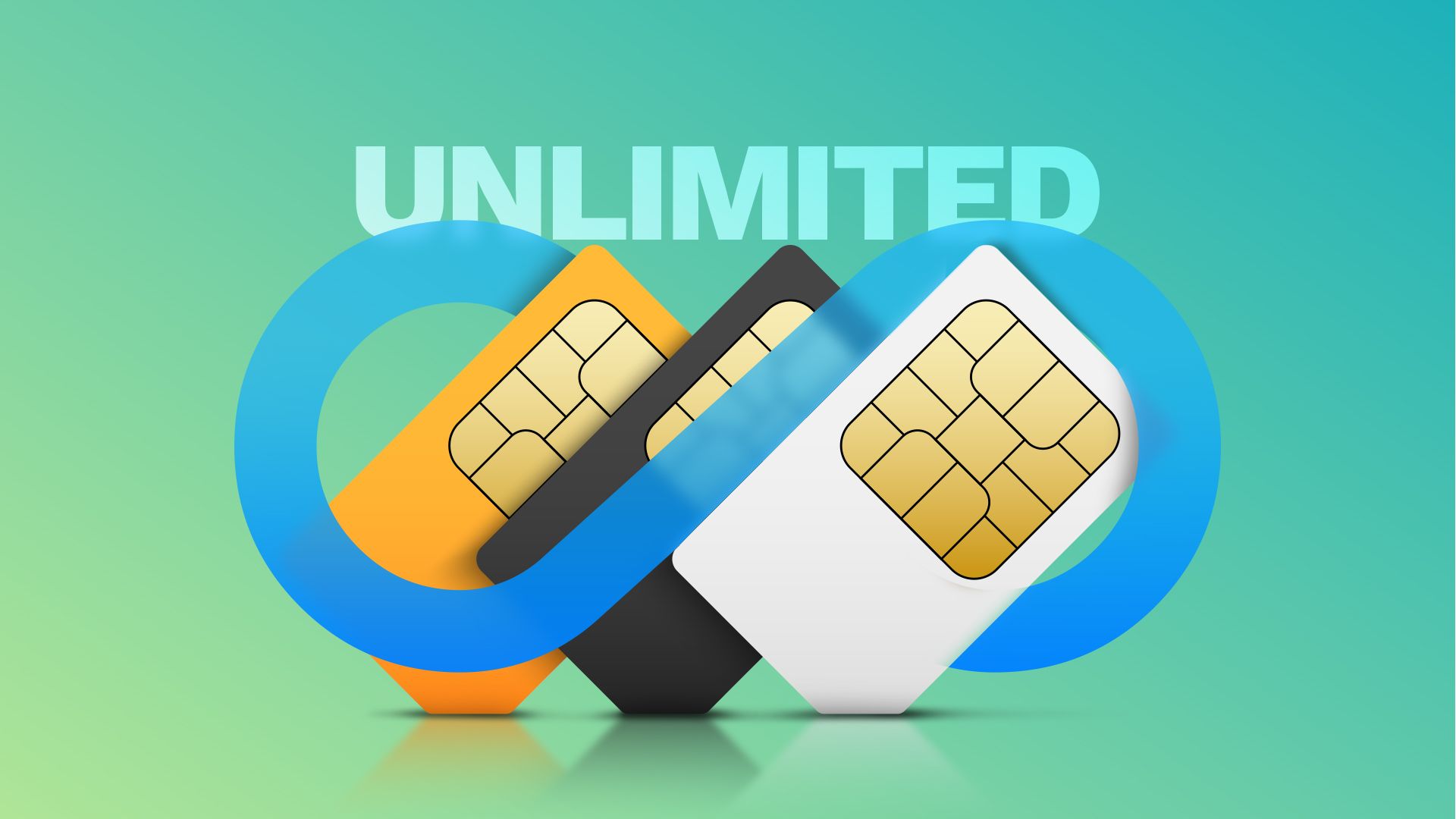
Related
Unlimited Data Is the Bare Minimum—And It’s Time We Admit It
The data cap era is over. Cell phone carriers just refuse to admit it.
I Have Privacy and Safety Concerns
I’m no conspiracy theorist, but I also don’t love the idea of my car spying on me. With in-car Wi-Fi, it’s not just about connecting to the internet—it’s about who’s watching while I do. Modern vehicles are already packed with data-collecting systems, tracking everything from my driving habits to my location. Now, add a rolling internet connection, and suddenly, my car isn’t just a mode of transportation—it’s a mobile surveillance hub. Who has access to this data? Automakers? Third-party advertisers? Hackers lurking in the digital shadows? The answer isn’t always clear, and that’s a problem.
I remember the 2015 Jeep Cherokee hack, in which two cybersecurity researchers, Charlie Miller and Chris Valasek, pulled off a stunt that should’ve been a Black Mirror episode. Using nothing but a laptop and a cellular connection, they remotely hijacked a Jeep Cherokee driven by Wired journalist Andy Greenberg.
They didn’t just mess with the radio, windshield wipers, and climate control system—they took over the vehicle’s critical systems. While Greenberg was cruising down a Missouri highway at 70 mph, they killed the engine, disabled the brakes, and even messed with the steering (though full control was only possible in reverse). The hackers did this miles away, exploiting vulnerabilities in the Jeep’s Uconnect infotainment system—a feature that, ironically, was marketed as a convenience.
While automakers have (mostly) tightened security since then, the Jeep hack exposed a chilling truth: The more connected your car is, the more it’s a rolling computer—and computers get hacked. Modern cars have more entry points: Wi-Fi, Bluetooth, apps, even Tesla’s “Sentry Mode.”
At least with my home network, I have some level of control. I can set up a home VPN server, tweak my router’s security settings, and monitor what devices are connected. But in a car? I’m at the mercy of whatever security (or lack thereof) the manufacturer has decided is “good enough.” And if history has taught us anything, “good enough” is rarely good enough when it comes to protecting personal data.
In-Car Wi-Fi Could Make Sense for Some
One group that could actually get solid mileage out of this is rideshare drivers. If your car is essentially your office, then a reliable internet connection isn’t just a fun perk—it’s a tool that could potentially even boost earnings.
Offering Wi-Fi to passengers might be a small touch, but it’s a valuable way to stand out in a competitive field. If a passenger has to choose between two identical Uber rides, but one offers free Wi-Fi, which one do you think they’ll pick? It’s especially useful for airport runs, where travelers may be scrambling to check emails, download boarding passes, or get last-minute work done. After all, a smooth ride (with happy, connected passengers) is what really counts.


